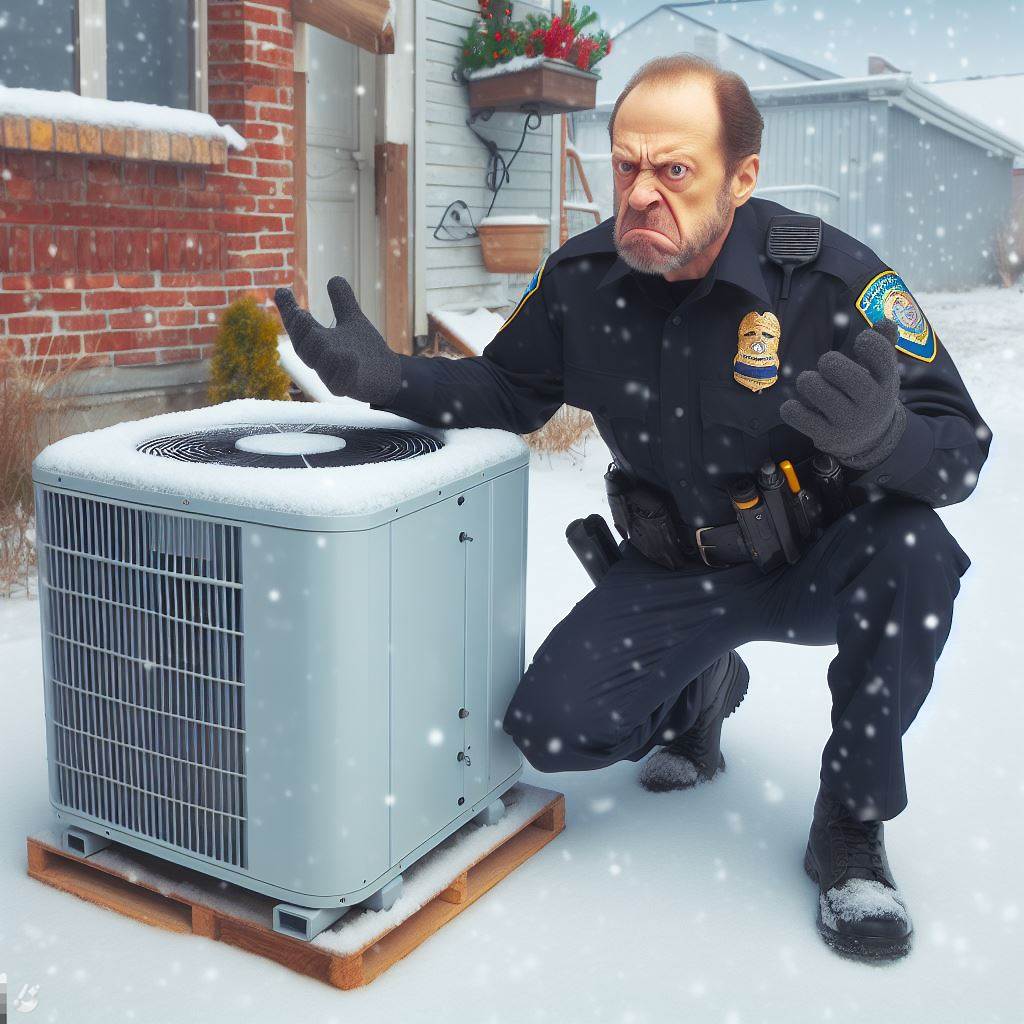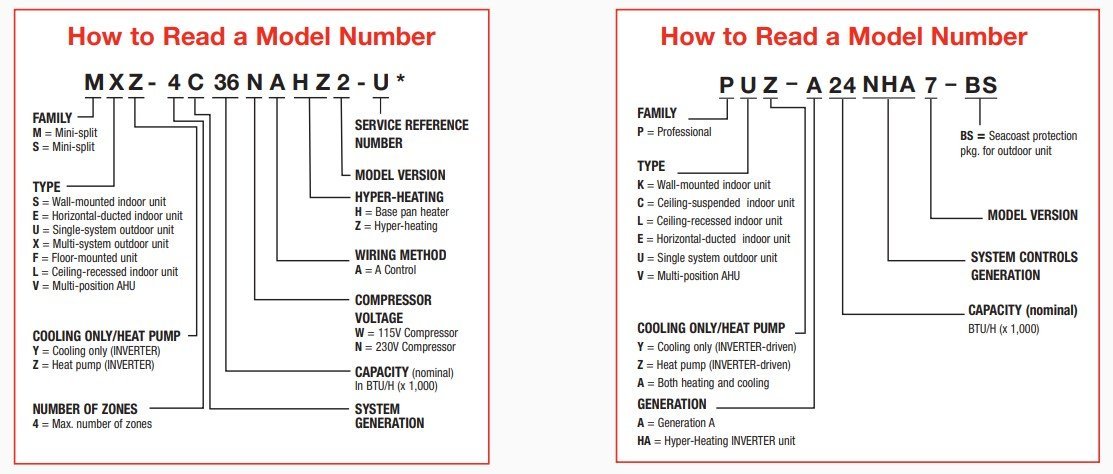Get Tech Tips
Subscribe to free tech tips.
The Unexpected Result of Series Circuits

When I teach electrical basics, we do this exercise where we sit down and connect a 10-watt bulb to a power supply and through a switch. It's a SUPER SIMPLE circuit—the kind you might have learned about in a high school science class.
But then I grab another 10-watt bulb and tell them to connect it in line with the other 10-watt bulb (series circuit). BEFORE they can turn the switch on, I ask them a series of questions.
- Will the two lights be twice as bright as the one, the same, or half as bright?
- Will the circuit draw twice the amps as before, the same, or half the amps?
Before we move on, I want you to make your choice.
So, everyone makes their choice. We turn on the switch…
AND THE MAJORITY OF THE CLASS IS WRONG!
The bulbs combined are half as bright; they use half the amps and thus half the watts. On my quizzes, this is an area where experienced techs and electricians will even get frustrated. “If you have two 10-watt bulbs, that is 20 watts,” they will say. So, what's going on?
The Real Answer
The science is actually really simple. Light bulbs may be stamped with a rating wattage, but that wattage is just a rated wattage when the full rated voltage is applied. The constant in a light bulb is the resistance in ohms, not the wattage. When you double the resistance of a circuit by adding in another 10-watt bulb in series, you are cutting the amperage in half. Remember, Ohm's law states that current decreases as resistance increases. Therefore, you'd also be cutting the wattage of the circuit in half.

An electrical circuit is a path between two points that have a difference in electrical potential (voltage); the amperage (and, by extension, the wattage) is a function of the total resistance of that circuit between those points. If the resistance goes up, the amperage goes down and vice versa. It doesn't matter if that resistance is added by a bulb, resistor, thermistor, pitted contactor points, motors, etc.
Now, when we mix in inductive reactance in motors and other inductive loads, that resistance is a bit less cut-and-dry to understand. But we will save that for another tip. (By the way, that tip is RIGHT HERE.)
—Bryan
P.S. – If you'd like to see how series circuits stack up against parallel circuits, I made a video on it. You can watch that right HERE. The companion article to that video, which covers parallel circuits in greater depth, is also available HERE.










Comments
Bryan, You may want to test this incandescent bulb thing in your lab. Incandescent bulbs are a poor example to use in an ohms law lesson, as this type of bulb resistance is not a constant. Their resistance changes significantly as a function of filament temperature.
Thanks for The Engineering Mindset YT channel recommendation.
Thanks for all the Great material you disseminate. Chuck
Bryan, You may want to test this incandescent bulb thing in your lab. Incandescent bulbs are a poor example to use in an ohms law lesson, as this type of bulb resistance is not a constant. Their resistance changes significantly as a function of filament temperature.
Thanks for The Engineering Mindset YT channel recommendation.
Thanks for all the Great material you disseminate. Chuck
Tadalafil achat en ligne: Cialis sans ordonnance pas cher – cialis prix tadalmed.shop
Tadalafil achat en ligne: Cialis sans ordonnance pas cher – cialis prix tadalmed.shop
Cialis sans ordonnance 24h: Cialis sans ordonnance 24h – Tadalafil 20 mg prix sans ordonnance tadalmed.shop
Cialis sans ordonnance 24h: Cialis sans ordonnance 24h – Tadalafil 20 mg prix sans ordonnance tadalmed.shop
pharmacie en ligne pas cher: pharmacie en ligne sans ordonnance – pharmacie en ligne livraison europe pharmafst.com
pharmacie en ligne pas cher: pharmacie en ligne sans ordonnance – pharmacie en ligne livraison europe pharmafst.com
Cialis sans ordonnance pas cher Cialis sans ordonnance 24h or Tadalafil 20 mg prix en pharmacie
https://images.google.gm/url?sa=t&url=https://tadalmed.com Cialis sans ordonnance 24h
[url=https://www.cheapassgamer.com/redirect.php?url=https://tadalmed.com/]Tadalafil achat en ligne[/url] Tadalafil sans ordonnance en ligne and [url=https://bbsmlh.com/home.php?mod=space&uid=8903]Tadalafil 20 mg prix sans ordonnance[/url] cialis prix
Cialis sans ordonnance pas cher Cialis sans ordonnance 24h or Tadalafil 20 mg prix en pharmacie
https://images.google.gm/url?sa=t&url=https://tadalmed.com Cialis sans ordonnance 24h
[url=https://www.cheapassgamer.com/redirect.php?url=https://tadalmed.com/]Tadalafil achat en ligne[/url] Tadalafil sans ordonnance en ligne and [url=https://bbsmlh.com/home.php?mod=space&uid=8903]Tadalafil 20 mg prix sans ordonnance[/url] cialis prix
pharmacies en ligne certifiГ©es: Pharmacie en ligne France – pharmacie en ligne sans ordonnance pharmafst.com
pharmacies en ligne certifiГ©es: Pharmacie en ligne France – pharmacie en ligne sans ordonnance pharmafst.com
https://pharmafst.com/# Pharmacie Internationale en ligne
https://pharmafst.com/# Pharmacie Internationale en ligne
olympe casino: casino olympe – casino olympe
olympe casino: casino olympe – casino olympe
LED is not good either, since they are driven by a usually constatn current driver, and maintains the 5v neeeded, can drive one LED or several, depending on the Driver. Ya gots to use the basic RESISTOR, for OHM’S law to work, since it’s the most baic and based on D.C.
LED is not good either, since they are driven by a usually constatn current driver, and maintains the 5v neeeded, can drive one LED or several, depending on the Driver. Ya gots to use the basic RESISTOR, for OHM’S law to work, since it’s the most baic and based on D.C.
But you knew this.
https://www.hvacrschool.com/mistakes-in-measuring-ohms/
But you knew this.
https://www.hvacrschool.com/mistakes-in-measuring-ohms/
Achetez vos kamagra medicaments Kamagra Commander maintenant or Kamagra pharmacie en ligne
https://cse.google.com.sb/url?q=https://kamagraprix.shop achat kamagra
[url=https://clients1.google.dm/url?q=https://kamagraprix.shop]kamagra 100mg prix[/url] kamagra oral jelly and [url=http://jiangzhongyou.net/space-uid-594129.html]kamagra 100mg prix[/url] acheter kamagra site fiable
Achetez vos kamagra medicaments Kamagra Commander maintenant or Kamagra pharmacie en ligne
https://cse.google.com.sb/url?q=https://kamagraprix.shop achat kamagra
[url=https://clients1.google.dm/url?q=https://kamagraprix.shop]kamagra 100mg prix[/url] kamagra oral jelly and [url=http://jiangzhongyou.net/space-uid-594129.html]kamagra 100mg prix[/url] acheter kamagra site fiable
To leave a comment, you need to log in.
Log In